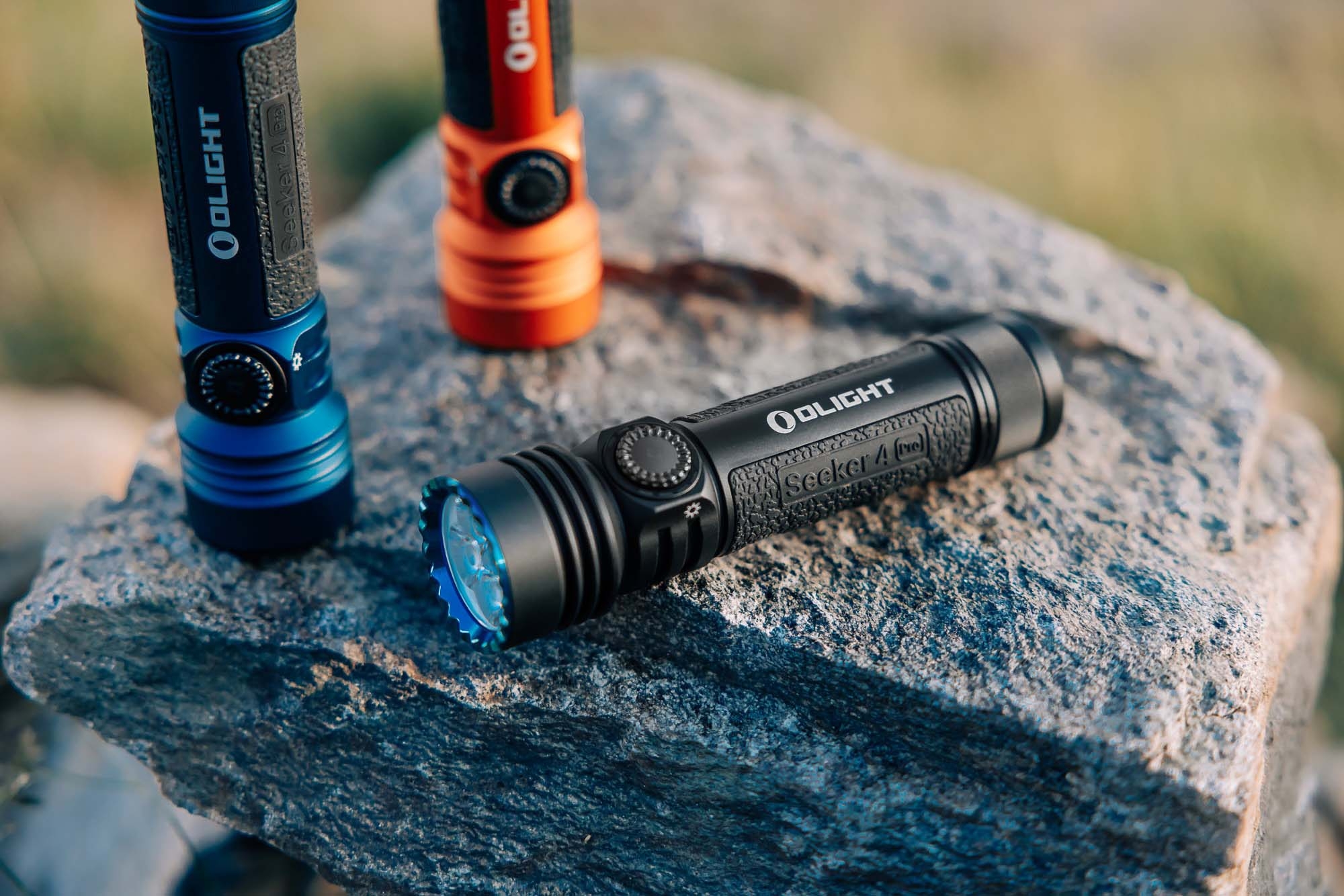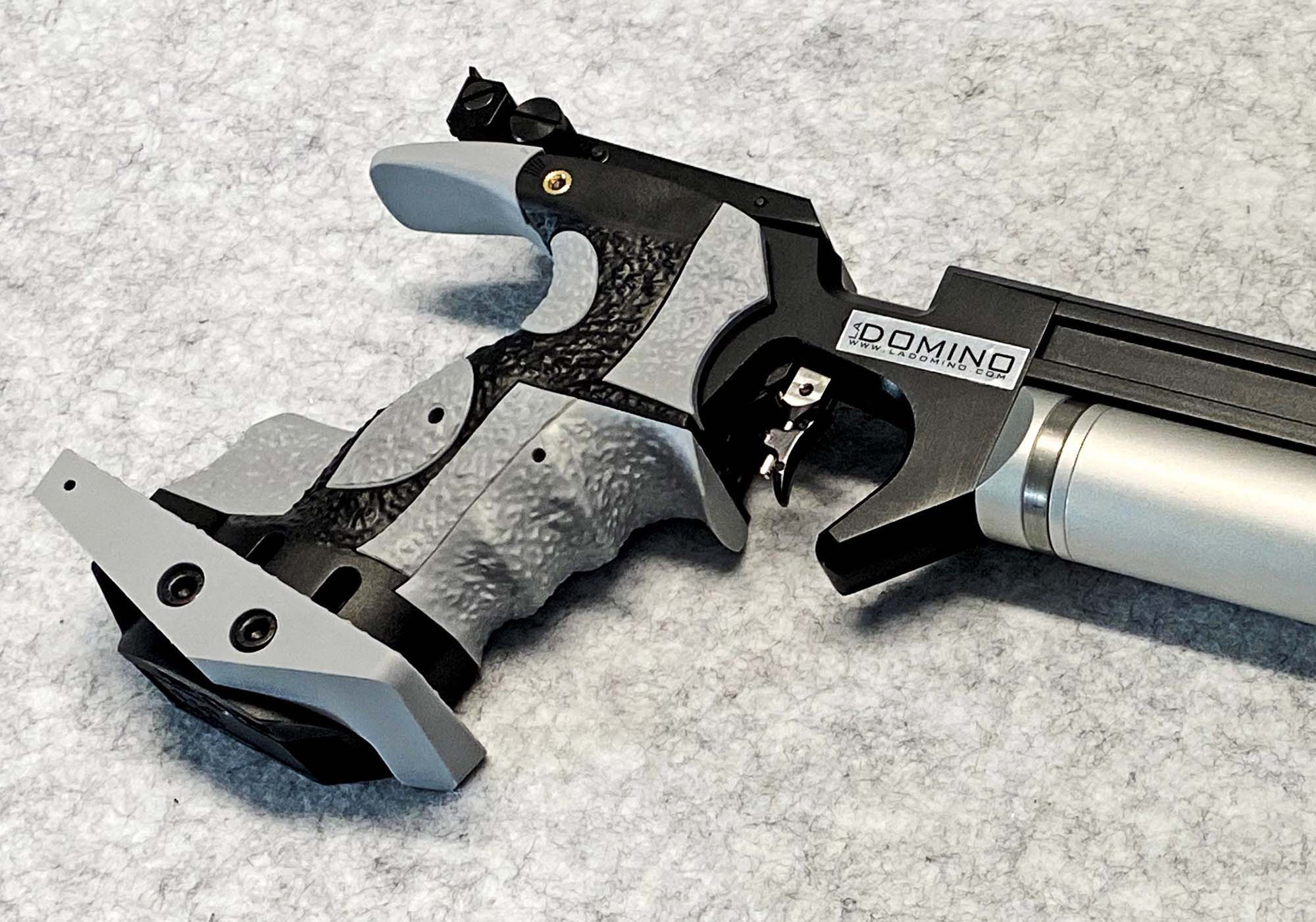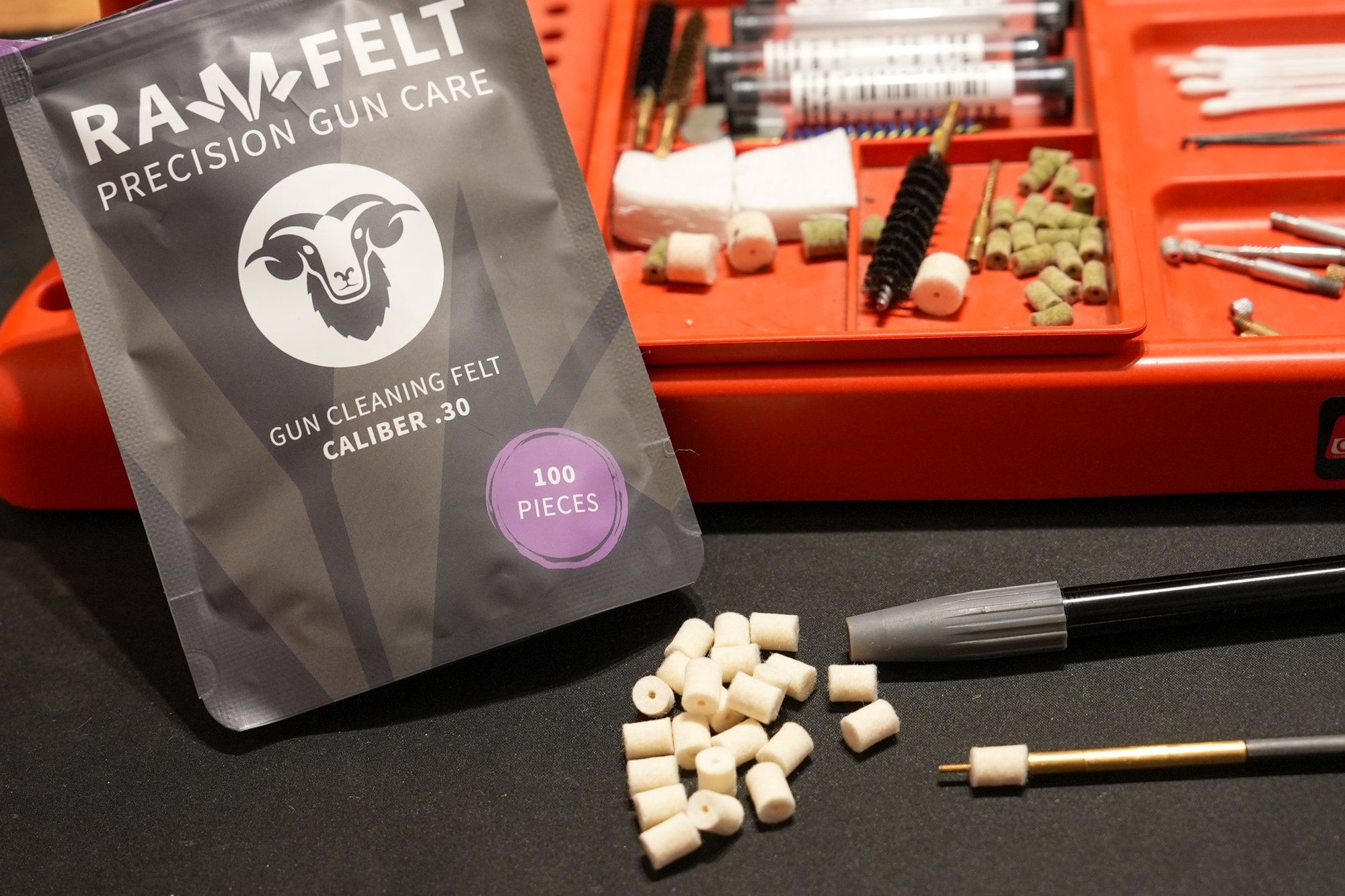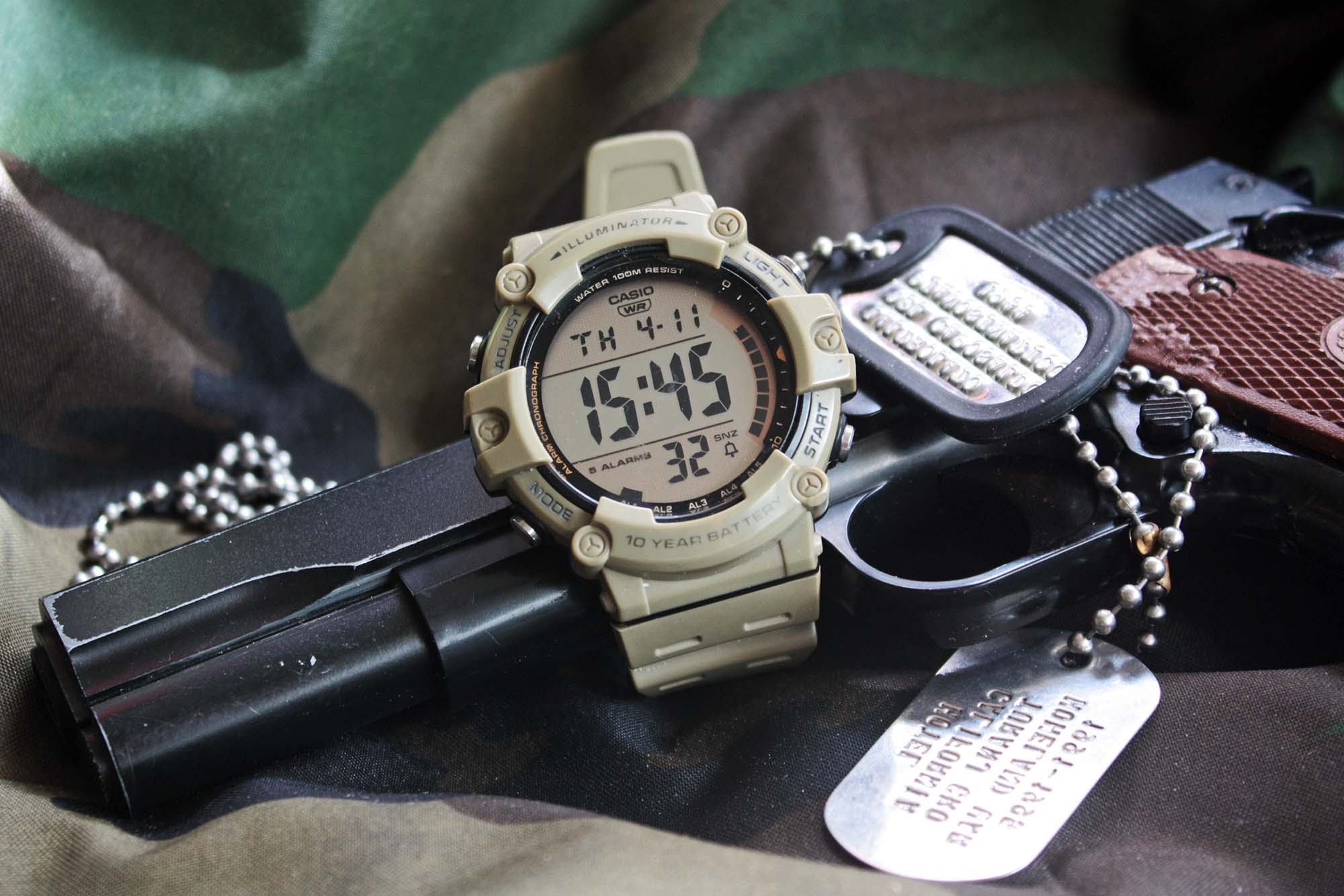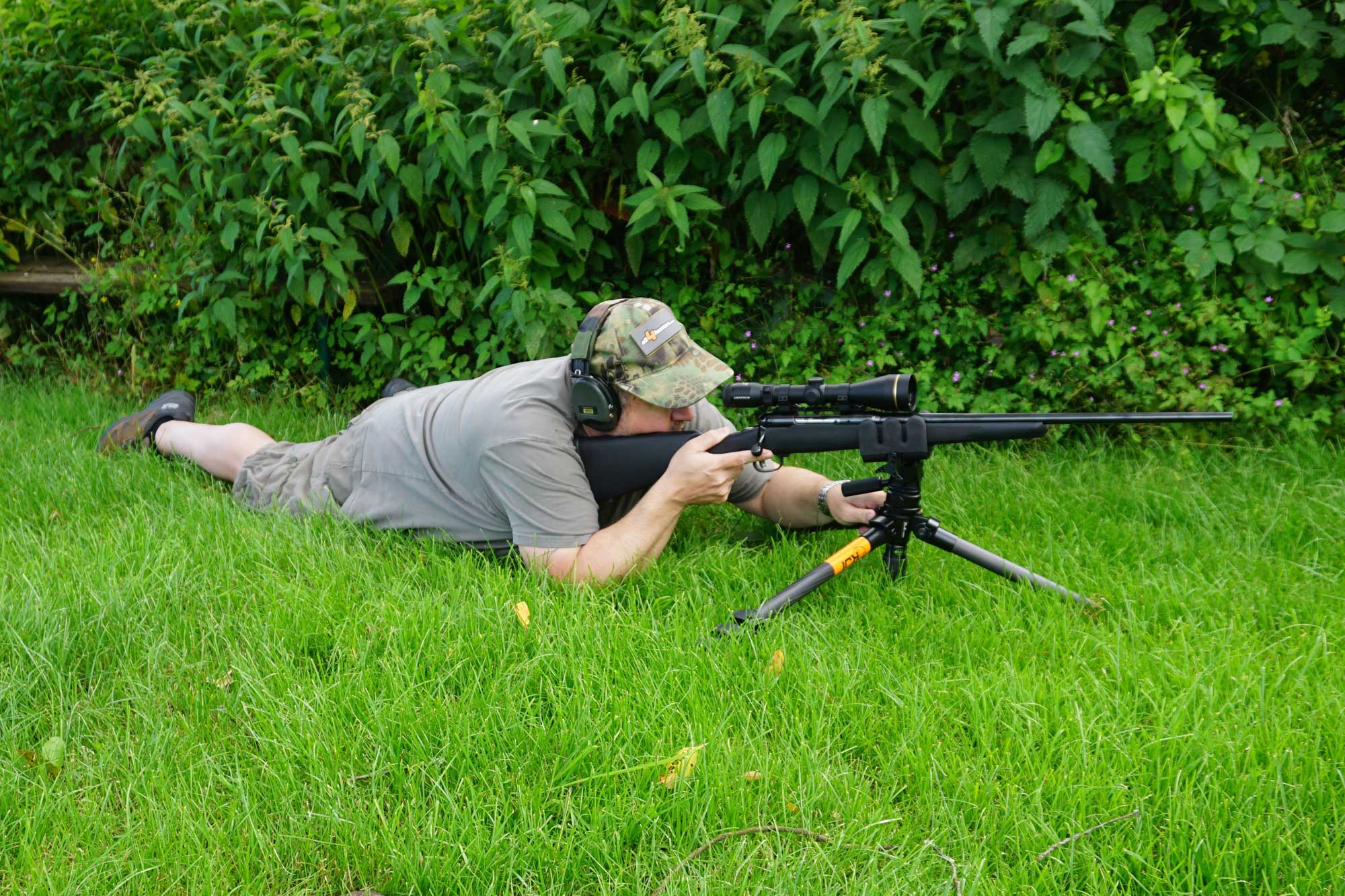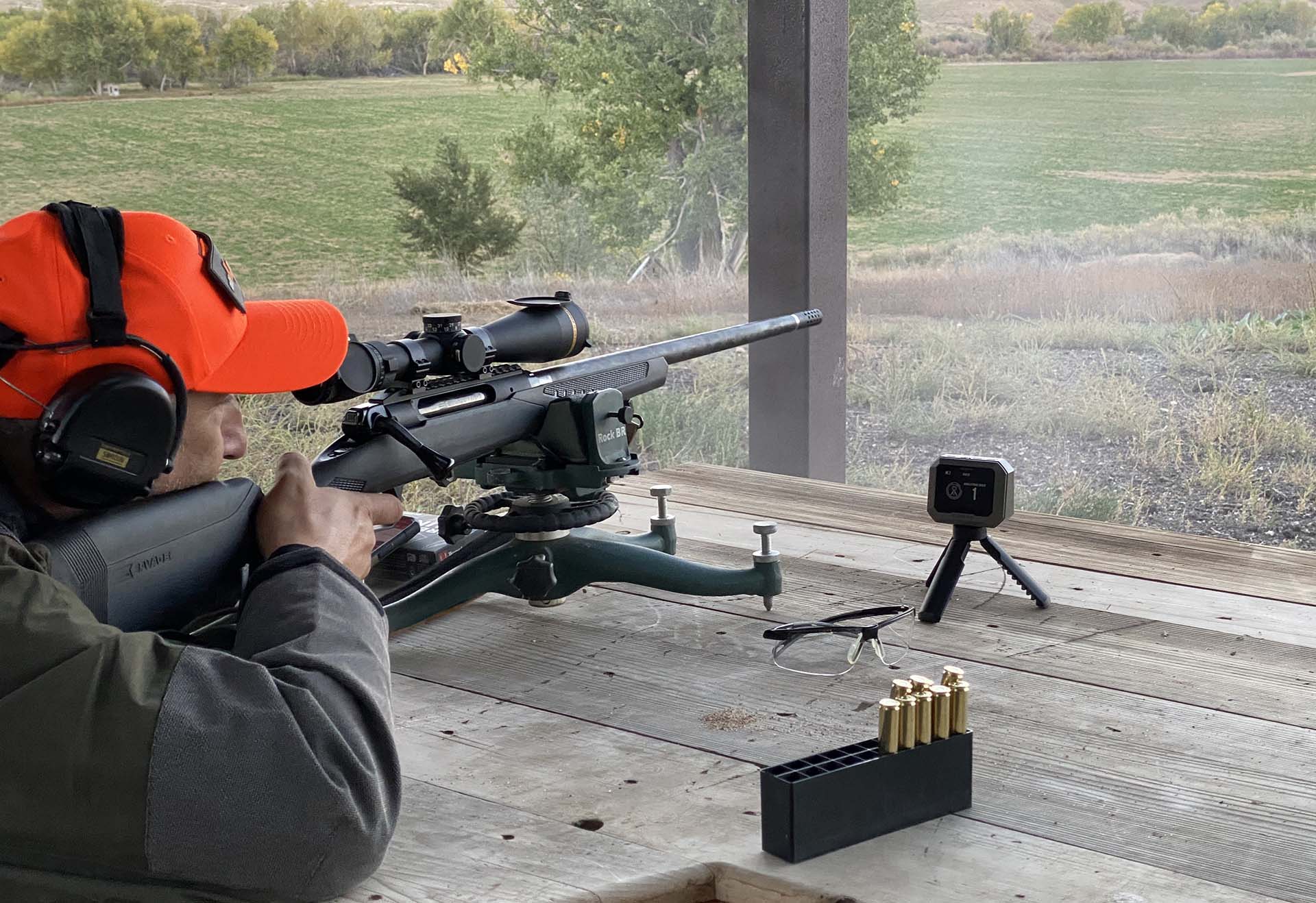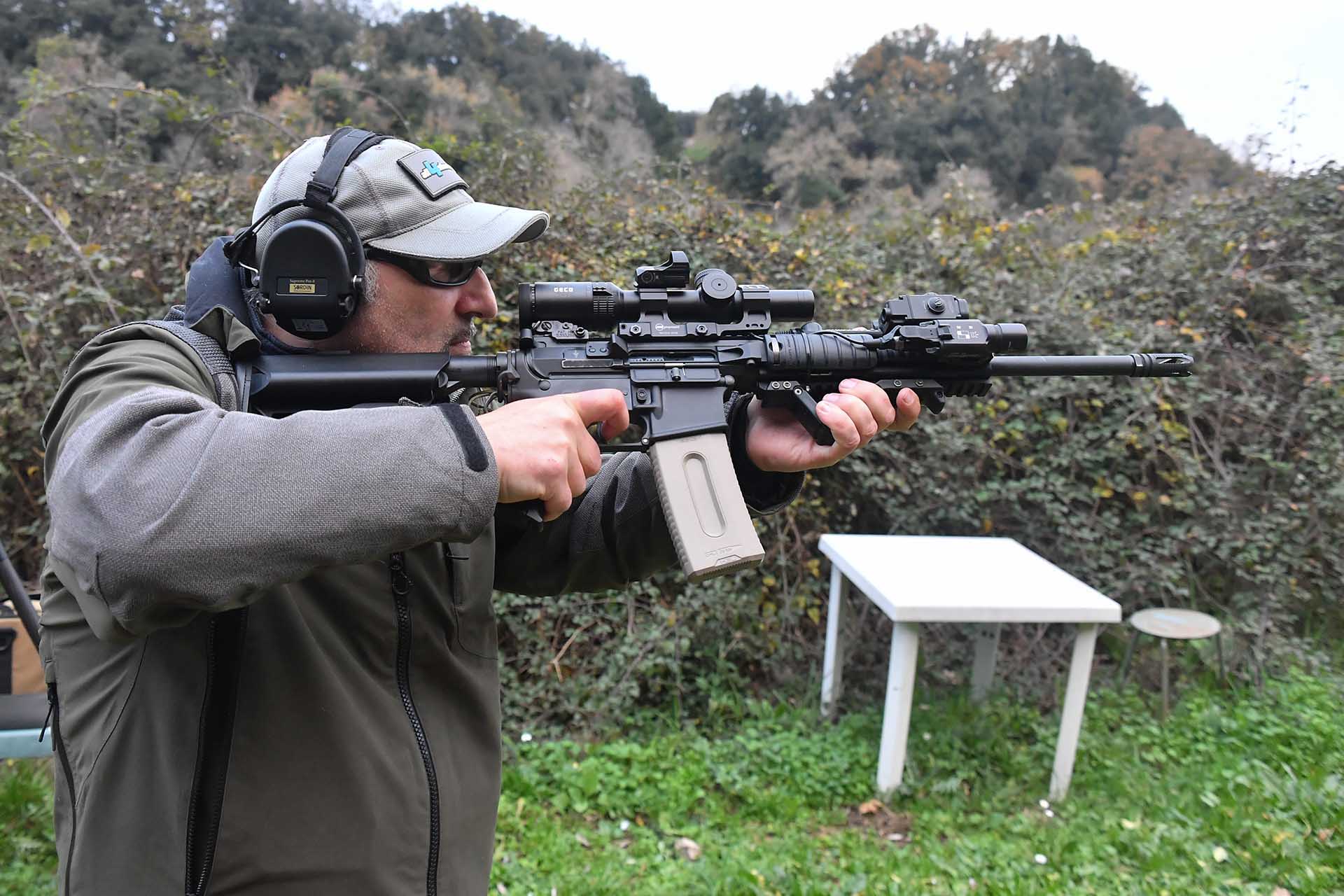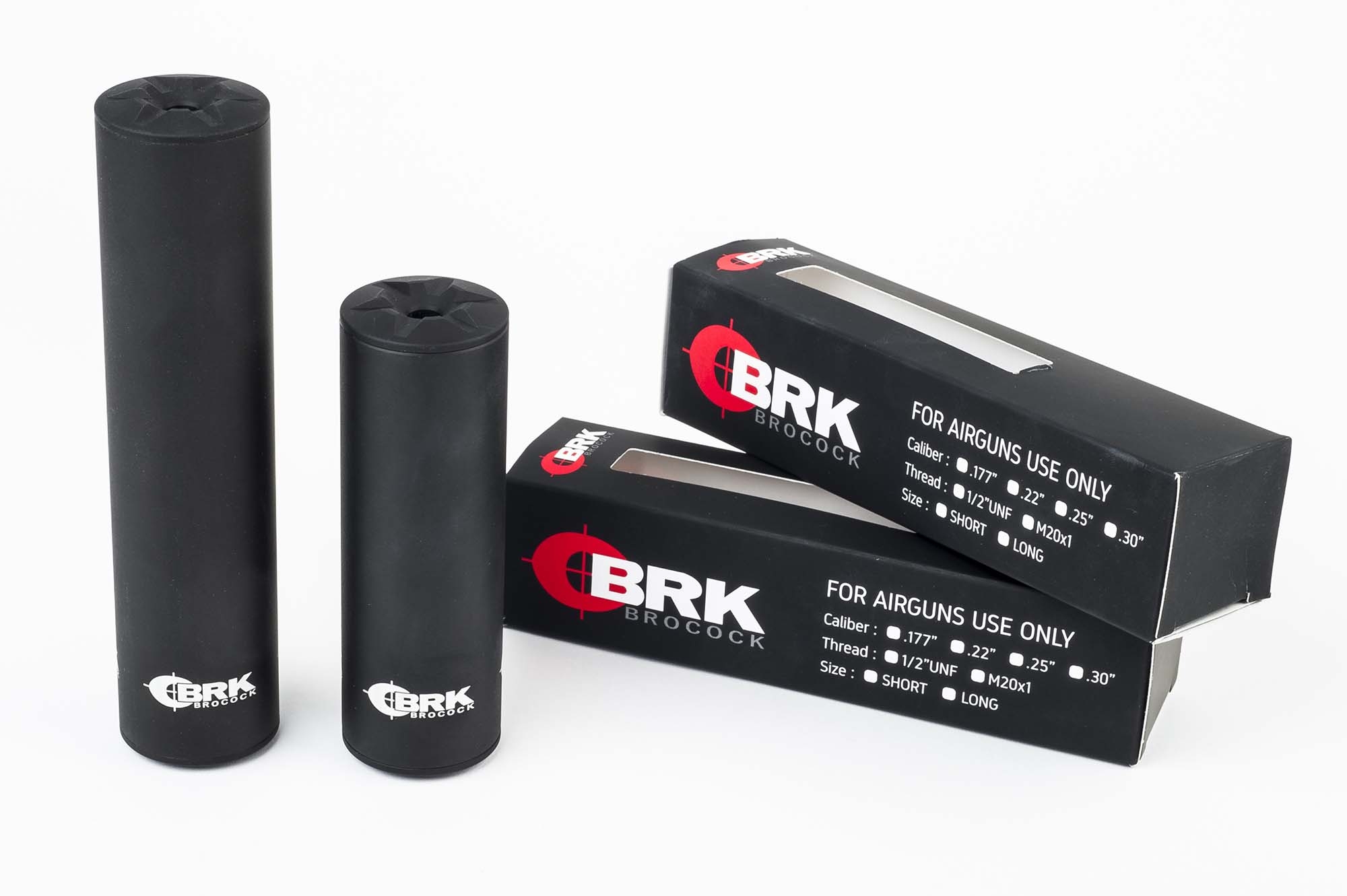Hydraulic buffers are not a new item. Since the inception of the Armalite AR-10 and then the AR-15 in the early sixties there had been a variety of concepts, prototypes and commercial products by a host of manufacturers - including Colt. The most commercially successful of all these products was the AR-Restor, built by Enidine, now an ITT company, that specialized in vibration and shock absorbing solutions and technologies; however, at some point Enidine stopped selling the AR-Restor to the public, and although still available, it is only sold to military and Government agencies.
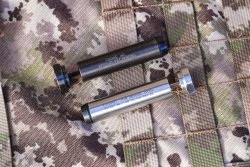
In 2012, some of the engineers that designed the AR-Restor (and many of Enidine’s damping technologies) formed a new company in NY, USA: Kyntec Corporation.
Since then, among quality automotive, aerospace and industrial products, Kyntec completely redesigned, improved and patented their own small arms hydraulic buffer, the Kynshot. We received three samples of the Kynshot hydraulic buffer: the RB5000, RB5004 and RB5007. All of these buffers are conceived for use in standard collapsible stock tubes, respectively for the M4 in rifle calibers, the AR10 in .308 and similar calibers, and the short barreled, pistol caliber chambered AR.
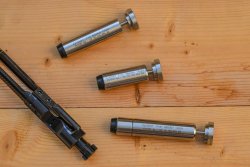
Before we delve into the actual shooting tests, a little recap is due. The buffer inside an AR type firearm is placed inside the buffer tube, between the main spring and the bolt carrier assembly; it prevents the mainspring from compressing too much and provides a hard stop for the BCG at the end of its travel, plus adding a specific mass. The buffer also features a set of small weights that “float” inside the buffer’s cylindrical body. These work like the pellets in a deadblow hammer, and have been added (…since 1966!) to reduce bolt bounce, which can lead to malfunctions, especially in fully automatic weapons. Last but not least, the buffer has a rubber rear plug that absorbs somewhat the impact that the buffer has at the end of its travel inside the buffer tube during the shooting cycle.
What should we expect from the use of a hydraulic buffer?
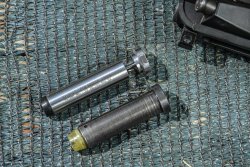
Essentially, a buffer like the Kynshot operates just like a shock absorber in a car. It works during the whole shot cycle: as soon as the round is fired, the Bolt Carrier Group unlocks and starts it rearward travel, however the body of the Kynshot will tend to stay still due to its mass, and the internal oil piston will be compressed as the BCG violently moves against the buffer. This dampens the initial acceleration of the BCG. Eventually, the buffer will travel along with the BCG, and during this travel, the piston will return to its extended position. Then, it slows down the nearly instantaneous “spike” that the standard buffer imparts at the end of its travel down the buffer tube spreading this impulse over time, so that felt recoil is reduced. Instead of a perceived sharp kick, we feel a gentle shove – although the actual recoil of the whole firearm is still the same. Returning into battery, the body of the Kynshot will dampen the impact of the bolt locking, again thanks to its inertia, almost zeroing bolt bounce. All this will not only reduce perceived recoil, but will also reduce muzzle rise, and - in automatic weapons - rate of fire. It will also have other interesting effects, which we will see in the test.
All Kynshot buffers are built using SAE 630 aircraft grade stainless steel, and the hydraulic cartridge is permanently sealed, needing no maintenance. The device is tested for 1 million cycles and has a life expectancy of at least 10 years. The RB5000 is slightly heavier than a standard .223 M4 buffer, at 118 g.
Testing the Kynshot hydraulic buffers
We used a variety of firearms to test the Kinshot buffers; the RB5000 and RB5004 have been extensively tested over a period of three months and thousands of rounds have been fired without a single malfunction. We used two semiauto M4 carbines in .223 / 5.56mm with 12” and 16” barrels and a .308 Win Armalite AR10 with a 24” barrel SASS long range rifle.
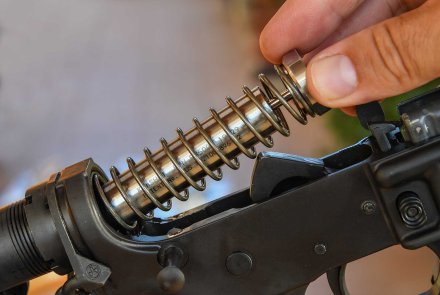
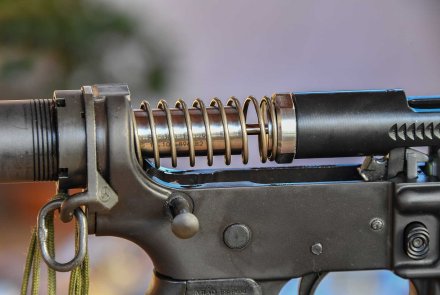
Installation could not be simpler. Open the gun, remove the standard buffer, replace with the appropriate Kynshot. That’s it.
The user of any of these hydraulic buffers will immediately notice that the feedback from the charging handle is different. The Kynshot, when extended, is longer than a standard buffer, and pulling back the bolt will result in the buffer contacting the rear end of the buffer tube too soon: the user has to continue pulling to overcome the piston force, compress it and actually allow the bolt to be able to strip a round from the magazine. It is easy to get used to it, however for some shooters it may be off putting, especially when locking manually back the BCG without a magazine. Another effect that has to be taken into account is that the bolt release lever becomes slightly stiffer, as the added pressure from the hydraulic piston with the BCG locked back is added to the weight of the mainspring.
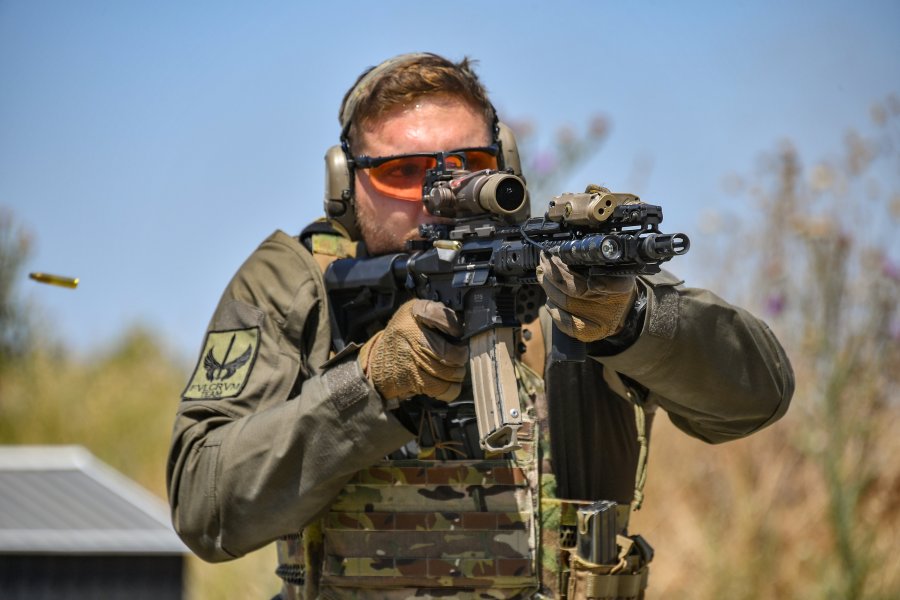
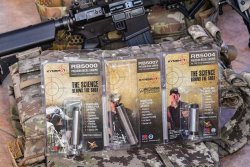
Our shooting experience with the M4 carbines is that recoil becomes smoother, actually the whole behavior of the gun can be described as if all "edges" are suddenly smoothed out. Semiauto rapid fire is very stable, even using a simple Phantom flash hider (on the 16” gun), without any muzzle brake. Muzzle flip is also slightly reduced. The effect is very noticeable in the sight picture, as it is easier to keep even magnified optics on target. Also, the shooting cycle and ejection becomes extremely constant, with all brass falling in a neat pile a couple of meters away from the shooter. Follow up shots are faster, and it feels like the shooter has more control of the gun. It’s interesting to note that this happens because the Kynshot is actually slowing down the automatic rate of fire, spreading the impulse over a longer period of time and suppressing the harsh spikes in the metal to metal impacts of the bolt at both ends of its travel.
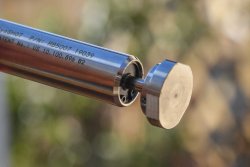
The effect is somewhat less dramatic on the AR10, due to the inherent heavy weight of the gun, so perceived recoil is indeed smoother but not so noticeable; what is noticeable is the fact that it’s much easier to observe the bullet impact through the scope, since the buffer dampens the jarring vibrations of the bolt slamming against the buffer tube rear end and the breech during cycling. We do believe that this also prevents harmful vibrations to reach the optics on the gun, as claimed by the manufacturer.
One concern that always come up with hydraulic buffers is the question: “What happened if it fails?” Actually, nothing: if the seal breaks and oil spills out, the Kynshot will then behave similar to a standard buffer, and will continue to allow fire.
We briefly tested the RB5007 buffer, specifically made for 9mm and similar pistol caliber chambered AR guns, however a more in-depth review will be published soon. We can just anticipate that it is very promising, especially for sports use, such as Mini-rifle IPSC and similar matches.
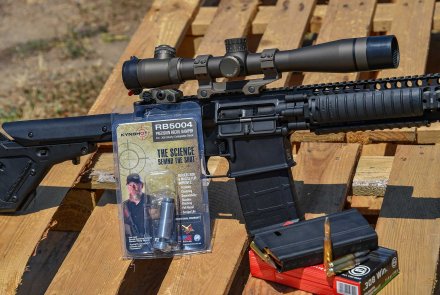
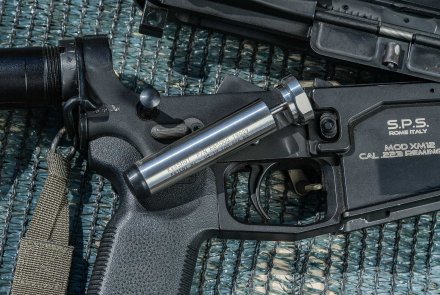
A note on hydraulic buffers. They are ITAR controlled items, as their primary use on military weapons is to reduce the rate of fully automatic fire (RoF), therefore cannot be purchased directly, and cannot be exported out of the US without a license. However, distributors are picking up the products, including Brownells, that has the full Kynshot range available in Europe, with prices that start at 145 Euros.
For information: Kyntec Corporation. Kynshot Hydraulic Buffers can be purchased in Europe through Brownells.



